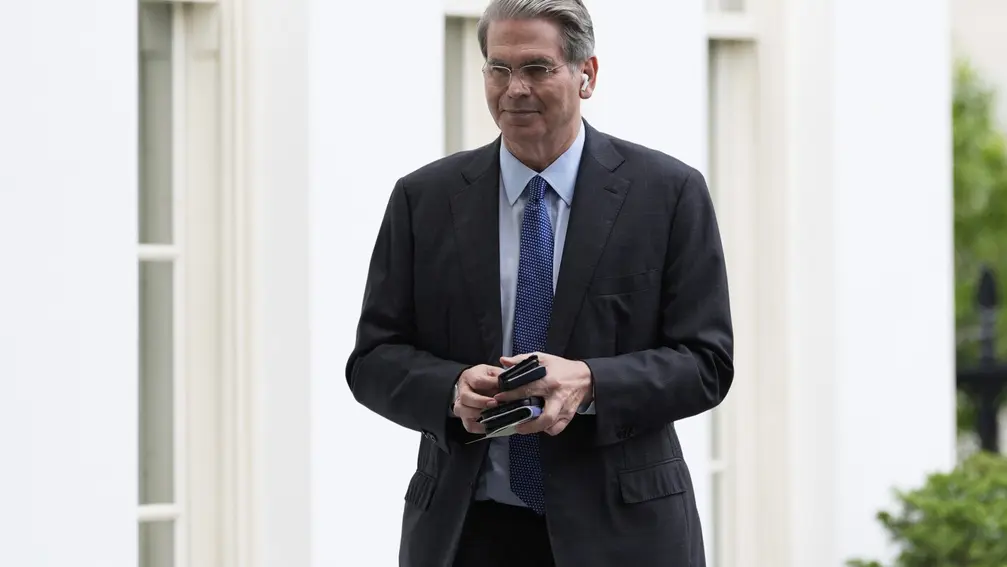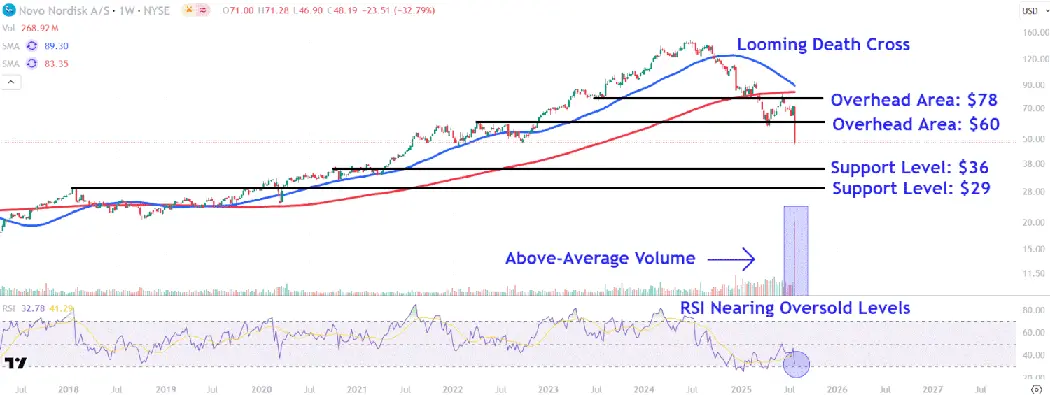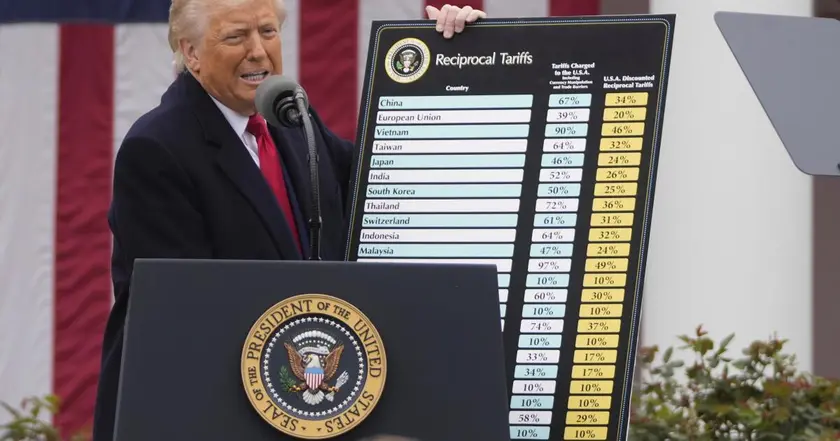T4K3.news
U.S. trade deficit falls to lowest level in two years
The U.S. trade deficit narrowed to $60.2 billion in June due to decreased imports.

The U.S. trade deficit decreased sharply in June as consumer imports fell due to tariffs.
U.S. trade deficit falls to lowest level in two years
In June, the U.S. trade deficit declined significantly, falling 16% to $60.2 billion, according to the Commerce Department. This drop was largely driven by a notable decrease in imports of consumer goods. Specifically, the trade gap with China reached its lowest point in over 21 years. The report indicated that exports were $277.3 billion, slightly down from May, while imports dropped to $337.5 billion from $350.3 billion. This decline in the trade deficit was pivotal in helping the U.S. economy bounce back, with second-quarter GDP expanding by 3.0%. Such changes in trade dynamics reflect the ongoing impact of President Trump's tariffs, which have led to an average import tax rate of 18.3%, the highest since 1934. This surge in tariffs may be influencing purchasing behaviors as companies and consumers adjust to the changing landscape.
Key Takeaways
"Tariffs are reshaping import dynamics in the U.S."
This highlights the significant influence of tariffs on trade flows.
"The trade deficit is at its lowest level in two years."
This statistic reflects a crucial shift in U.S.-China trade relations.
"U.S. GDP growth has rebounded amid declining imports."
Shows how trade policies can influence overall economic performance.
"The average U.S. tariff rate is the highest since 1934."
Indicates the considerable rise in protectionist measures under Trump.
The recent narrowing of the trade deficit highlights the significant effects of tariffs on trade dynamics. As the U.S. economy attempts to recover from earlier contractions, the reduced imports may signal ongoing challenges in consumer spending and business investments. The current economic growth, while positive, could be misleading as underlying weaknesses remain. With rising tariffs on a broad range of imports, trade relationships are likely to evolve further, creating both opportunities and challenges for U.S. businesses. The situation reveals a delicate balance between protecting domestic industries and maintaining healthy international trade relations. Economic observers might question whether these tariffs will ultimately serve long-term interests or simply provide short-term relief.
Highlights
- The trade deficit is at its lowest level in two years.
- Tariffs are reshaping import dynamics in the U.S.
- U.S. GDP growth has rebounded amid declining imports.
- The average U.S. tariff rate is the highest since 1934.
Heightened risk from trade tensions
The increased tariffs on imports create potential backlash from trading partners, which could affect market stability.
Future trade policies and their economic consequences will remain closely watched.
Enjoyed this? Let your friends know!
Related News

U.S. Tariff Strategy Discussed on Face the Nation

US and China engage in pivotal trade discussions in Stockholm

Tariff Truce Extended

Novo Nordisk stock falls 33% after CEO change and outlook cut

Mixed economic reports raise recession concerns

UK construction activity sees sharpest drop in five years

Stocks Fall as Tariff News Shakes Market

Stock markets fall sharply after Trump tariff announcement
